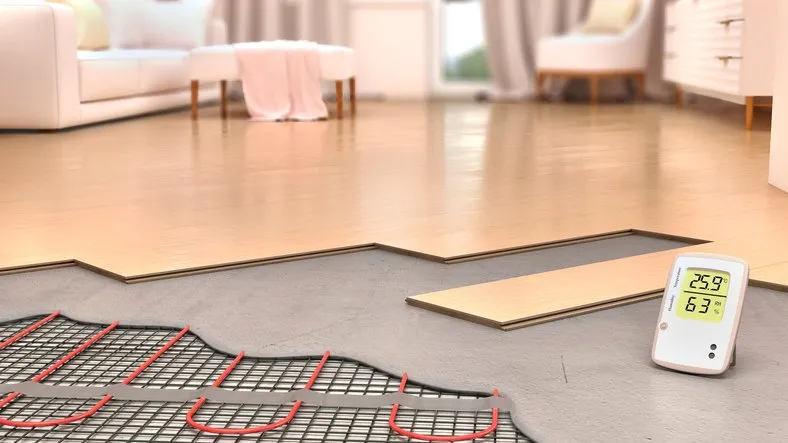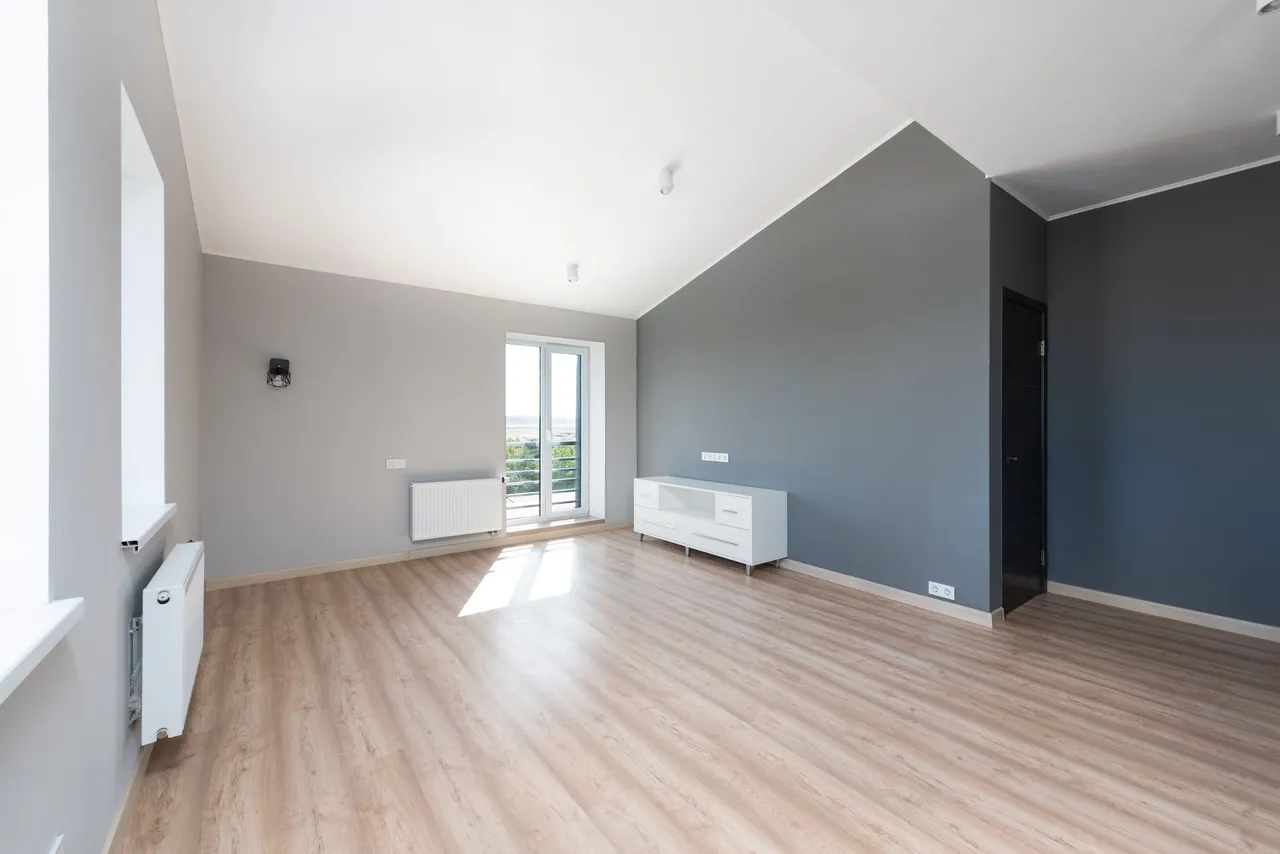An air source heat pump works by extracting readily available heat in the air and local environment through temperatures between -20o_80oC, which helps to reduce the dependency on fossil fuels, as well as significantly cutting carbon emissions. Air source heat pumps use electricity to operate and run the heat pump. For every 1kW of electricity used, between 3-5kW of thermal energy is available for heating and hot water is available.
How does it work?
An air source heat pump works by extracting energy from the surrounding air. It does this by running a fan which pulls warm air across a very cold heat exchanger. Energy is transferred into the gaseous refrigerant inside the heat exchanger, which then flows into an electric compressor. This gas is then compressed, generating the high grade heat needed to provide heating and hot water for your home.
With this technology a correctly sized air source heat pump can work down to around -15oC ambient air temperature which is more than sufficient for mid-winter UK temperatures.
What do I need to install it?
A small concrete base with a drain or soak away will need to be constructed outside in an area where the unit will not cause too much disruption. The noise output of the unit up close is relatively quiet (similar to that of a dishwasher in the next room). However, it should still be located in a sensible location, for example on an unbroken wall near a utility room where it will not disturb the occupants of the property. The outside unit can be sheltered by coniferous plants or slatted timbers if it needs to be hidden from view. A 1m2 space will be required for a new hot water cylinder inside the property.
The key to installing heat pumps of any kind is that the heating emitter circuit is optimised to work with heat pumps and run at lower flow temperatures around 40o_50oC, used with a conventional fossil fuel boiler. This means the compressor will have less work to do to convert the low grade heat extracted from the ground into high grade heat which is needed for heating. The installation as a whole will therefore use less electricity, increasing efficiency and decreasing running costs.
With a modern property and underfloor heating, lower flow temperatures are easy to ensure. Underfloor heating on either solid or joisted floors can be designed to run at temperatures even below 40oC in certain properties (we offer a full in-house design and installation package for Underfloor Heating – Please Click here for more details) and low flow temperature radiators can be built in if required.
In a domestic retrofit environment we will undertake a careful assessment of the existing radiators. Often radiators were designed using the Mears formula, which significantly oversized the emitters to ensure that rooms could be brought up to temperature quickly when the boiler fired. This oversizing often matches the heat pumps requirements, so generally only the radiators in rooms that are already cold with the existing heating system need up-sizing whilst the rest will work with a heat pump system.
Some Of Our Heating Services
Feel free to
get in touch.
For a no-obligation quote or just some advice, fill out the form and we’ll get back to you as soon as possible. Alternatively, give us a call on 07398 784203
This site is protected by reCAPTCHA. Google’s Privacy Policy and Terms of Service apply.









